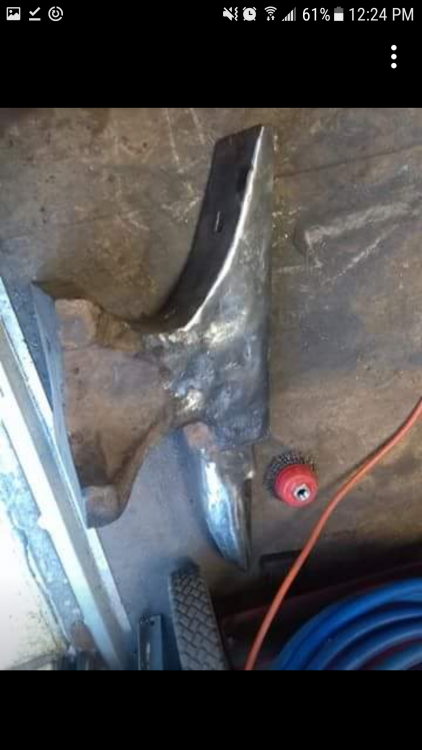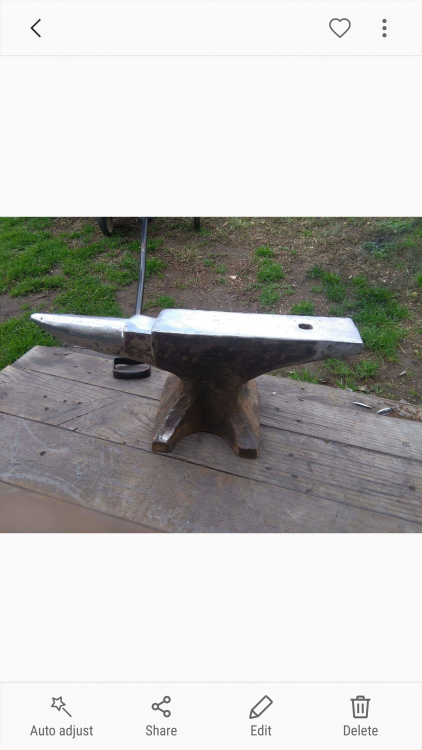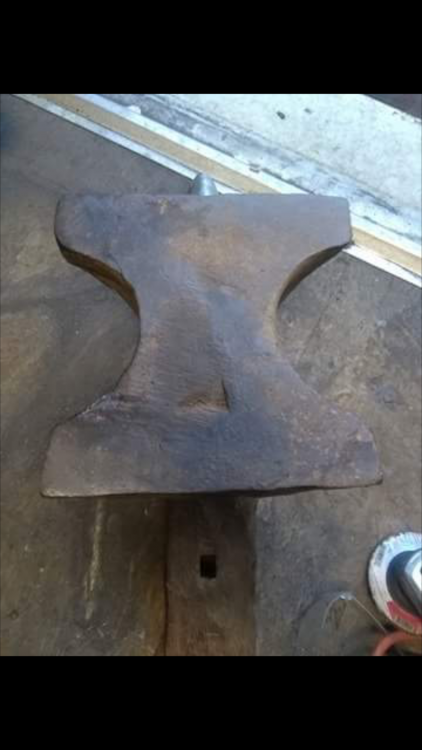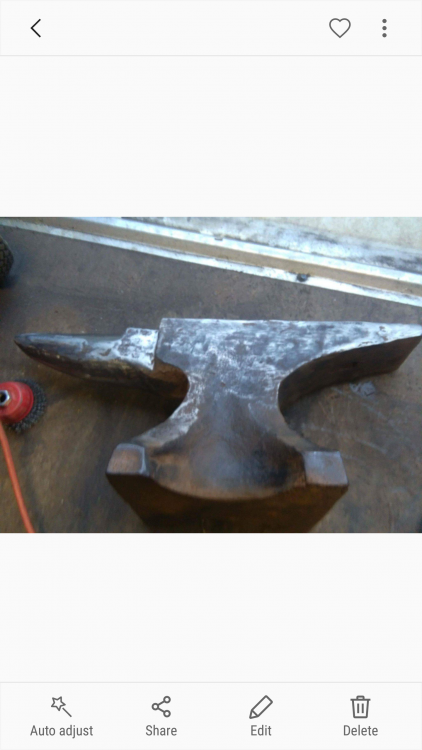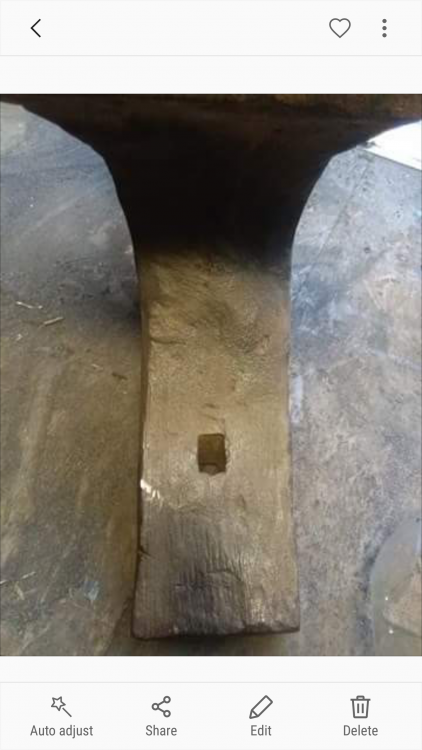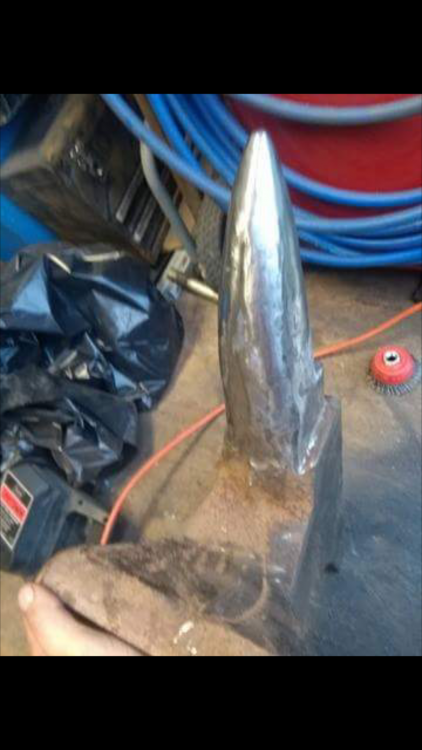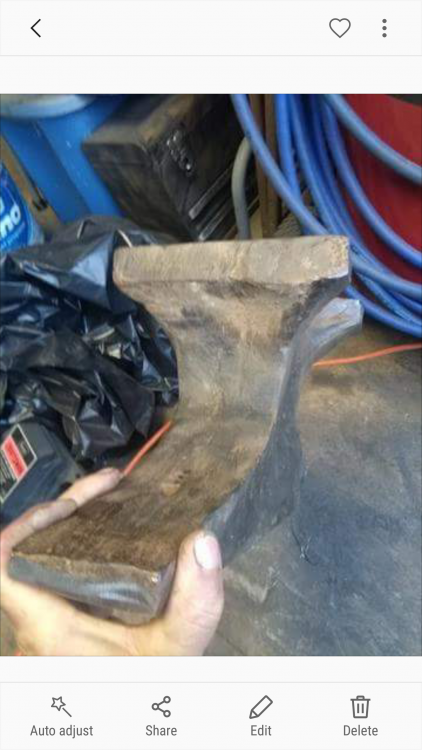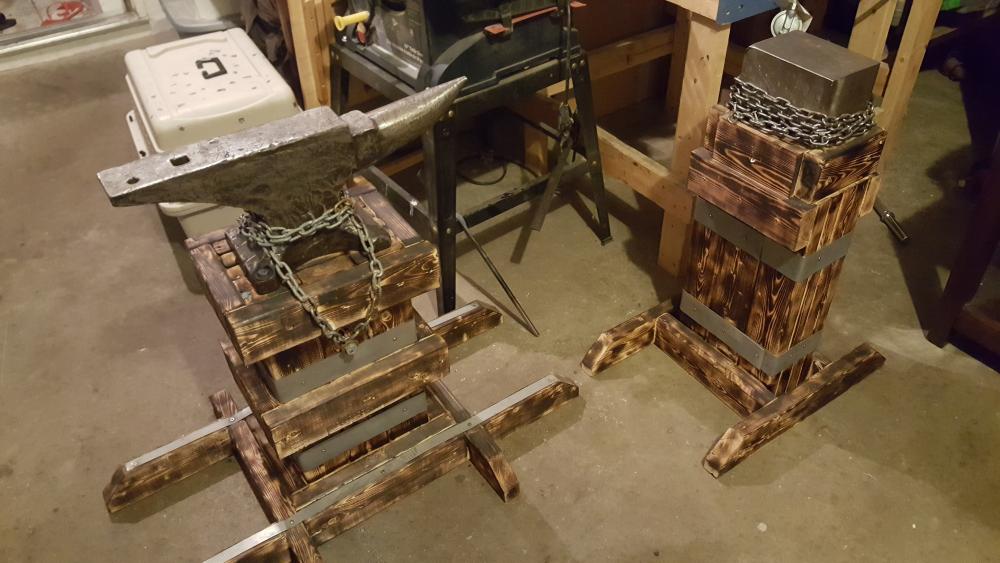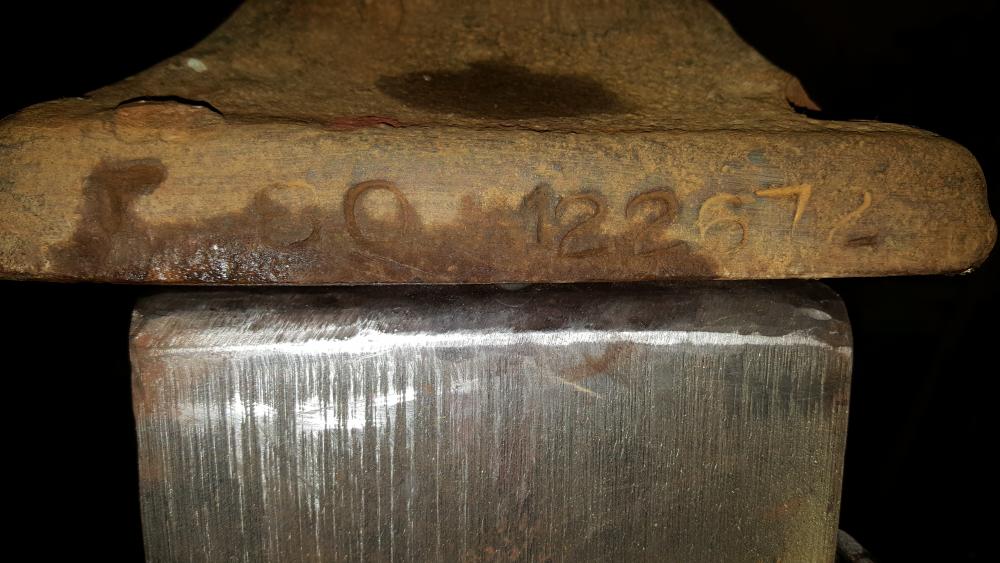
Spronez
Members-
Posts
20 -
Joined
-
Last visited
Recent Profile Visitors
The recent visitors block is disabled and is not being shown to other users.
-
I have to search for who did the math, but as far as fuel use is concerned- a ribbon burner and a na burner use virtually the same amount of fuel in a given amount of time. It comes down to the size of the gas line orifice. In a na burner it is very small, in a ribbon burner it is relatively much larger. So while a ribbon runs with lower pressure, it is spewing out more gas at that lower pressure. A na typically runs at higher pressure but a much smaller stream of gas. Regarding efficiency as it relates to full combustion and spread of even heat- ya typically a ribbon wins out based on its design. But a well built na and forge can do just as fine a job at full combustion. Given the different designs - aimed burn vs a spread - it is more difficult to get an even heat inside the forge chamber, with a na. (Then there's the whole swirl, forge interior shape, etc etc). Sometimes though a hotspot can be just what a blacksmith wants; to direct more heat at a certain place on their work. So efficiency is relative to the work I guess
-
110lb Chinese Steel Anvil????
Spronez replied to xd45nut's topic in Anvils, Swage Blocks, and Mandrels
Resurrection of ancient thread! Threadromancy! Does anyone have more/updated info on these anvils? -
Has anyone used with of these, Unicast 70 or Plicast Hymor 3000kk, as a castable refractorycement when building a propane forge? Assuming over high heat ceramic blanket in a typical freon tank body.
-
Bronze knife casting
Spronez replied to Andrew Golabek's topic in Smelting, Melting, Foundry, and Casting
Andrew-how has the unicast 70 been for You? -
Thanks for the quick responses.
-
On a group in Facebook I am reading instructions on applying colloidal silica, which seems contrary to what I understood. Here is a quick copy of the instructions I'm curious about: "When I say layers I'm talking about 1" layer of ceramic wool. Instal first layer of blanket spray with water till moist the spray heavy with rigidizer. Till I could see green faintly on the underside of the wool after lifting up a corner. You want both layers soaked threw." I thought the idea was to use as little as possible, to prevent degradation of the insulating ability of the wool? Does the colloidal silica spray once cured no longer reduce the effectiveness of the wool? -because I thought once the wool was made wet, it was wrecked. Thoughts? (Edit- I see when searching in the forum Jasent from here is the same fellow I quoted on fb. If you see this here and there Jasen, thanks for answering twice! Cheers)
-
Show me your anvil stands
Spronez replied to pkrankow's topic in Stands for Anvils, Swage Blocks, etc
I get asked that a lot lol. I don't personally find they trip me up at all. Lots of people seem to figure it would though -
Show me your anvil stands
Spronez replied to pkrankow's topic in Stands for Anvils, Swage Blocks, etc
-
There is a "U" stamped next to the underside of the pritchel hole and a "C" next to the underside of the Hardy. Are those the initials of people who put those parts of the Anvil together?
-
-
Plistex application and curing instructions?
Spronez replied to Spronez's topic in Insulation and Refractories
Found an old post that says i can just letcit dry overnight. And going to mix half of the bag and just see how much it covers treating it like a top coat of paint. -
Just to follow up. I finally made my forge and have used it a couple of times this past week. Thank you for all your help here guys!
-
Does anyone have instructions on application and curing process for plistex over my kast o lite? I have a pint (1.5lbs) of it and would like to know how much I should mix/use to coat the forge interior. I also need to know how to fire it without killing it. Thanks in advance.
-
Rigidizer- is it an absolute must if I'm casting a half inch of kast o lite over the ceramic blanket, then costing plistex on that? doesn't the kast o lite keep the wool in place ?
